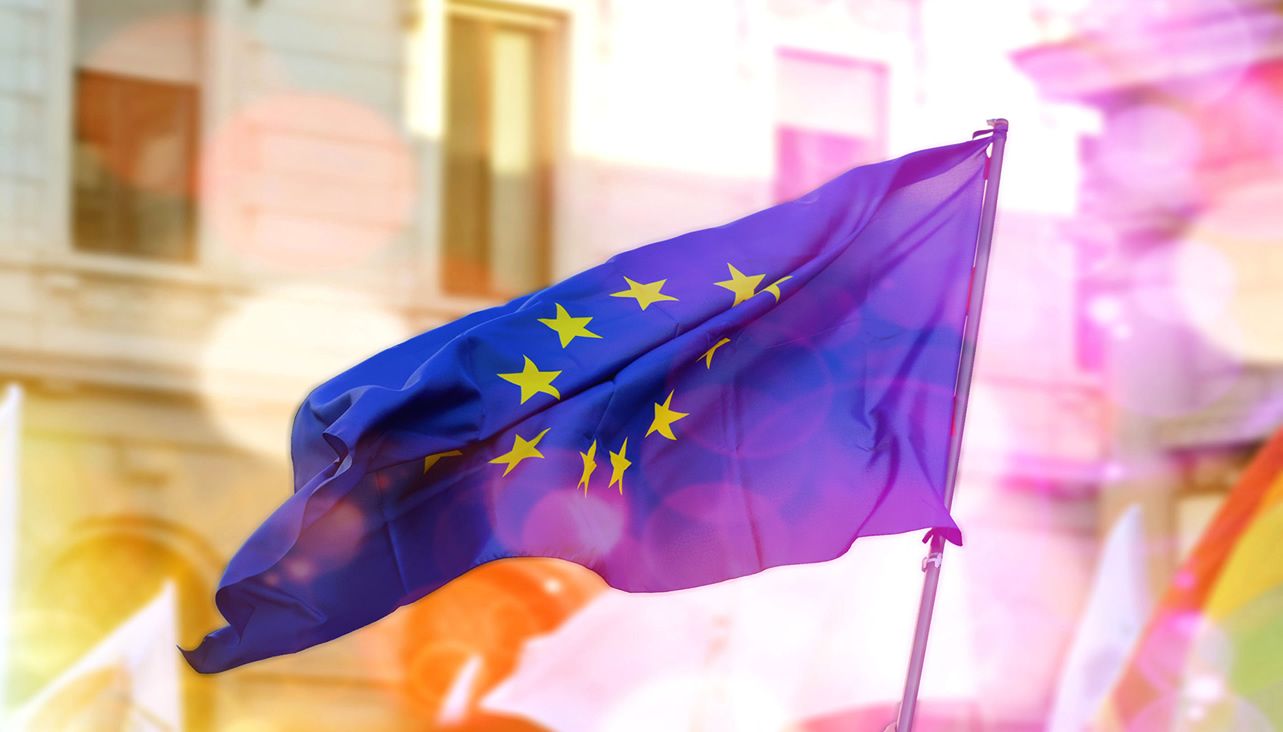German Economic Data Casts Shadow Over Eurozone Growth Outlook
- Written by: James Skinner
-
-Data shows German economy shifting down a gear in 2018.
-Export fall hits German, Eurozone economies in first quarter.
-Expectations of a Q2 rebound are now fading as growth stalls.

© Lisa L, Adobe Stock
Germany economic data has underwhelmed in recent weeks, with the latest disappointment coming from April industrial production data, which has dimmed economist hopes of a second-quarter rebound in Eurozone growth.
Industrial production fell by 1% in Germany during the April month, according to data released Friday, while factory orders dropped by a larger 2.5% during the same period.
This comes hard on the heels of the final estimate of Eurozone GDP in the first quarter, which showed a fall in exports from Europe's industrial heartlands driving a sharp decline in growth at the start of the year.
Eurozone growth was 0.4% for the three months to the end of March, down from 0.7% in the final quarter of 2017, as "net trade" weighed on the economy after exports fell faster than imports during the period.
"April’s data for industrial production in Germany and France add to the evidence that the euro-zone economy is unlikely to rebound strongly after Q1’s slowdown," says Jack Allen, a European economist at Capital Economics. "Along with the more timely survey evidence, today’s data imply that the German economy has shifted down a gear in 2018."
Economists had been hoping the Eurozone economy would recover some of its lost momentum during the second quarter, but data emerging over recent weeks has cast doubt over this idea. Now, increasingly, economists are of the view that overall Eurozone growth may have remained subdued during the current quarter.
"Composite PMIs surprised negatively in May," says Francois Cabau, an economist at Barclays. "Manufacturing and services activity was down, with forward looking components drifting lower and potentially indicating further moderation ahead. Recent months’ moderation brought our PMI-based growth indicator for Q2 down to 0.5% q/q."
Cabau and the Barclays team have been forecasting a rebound in Eurozone growth, to 0.6% during the second quarter, but they now acknowledge there are "downside risks" to this projection. The Europe team at Capital Economics are becoming equally sceptical of the idea that the economy will have recovered its lost swagger before the month of June is out.
"It had seemed that temporary factors, including cold weather, an outbreak of the flu and striking workers, were behind some of the slowdown in Q1. But the latest evidence has reduced hopes of a rebound in Q2," says Stephen Brown, another European economist at Capital Economics. "While the EC’s Economic Sentiment Indicator has held up fairly well, the Composite PMI fell to an 18-month low in May."
Brown says the latest data suggest the Eurozone economy is on track to grow by around 0.4% or 0.5% for the three months to the end of June. This may come as a disappointment for economy-watchers who were hoping the single currency bloc could continue the outperformance of 2017, when the economy saw its best year since 2011. However, it will do little to change the narrative around the Euro currency.
"Nevertheless, growth of 0.4% – a little more than 1.6% in annualised terms – would still be above the euro-zone’s long-run potential. With economic slack being used up, and given recent signs that both consumer price and wage inflation is on the rise, we think that the ECB will be confident enough to bring its asset purchases to a close this year," Brown adds.
Brown and the Capital Economics team forecast the European Central Bank will announce the date by which it intends to have shuttered the quantitative easing programme that has seen it hoovering up €30 billion of Eurozone bonds each month since January, which is down from €60 billion or more during the years since January 2015.
They say the bank will go ahead and wind down the programme because, despite a 2018 slowdown, the Eurozone economy is still growing faster than its so called "potential rate". This means economic conditions are still sufficient to generate enough inflation for the ECB to meet its target of keeping the consumer price index "close to but below" 2% over coming years.
This would be seen opening the door to a possible normalisation of Eurozone interest rates some time in 2019, with markets already eyeing July for a possible move.
It was hopes of an eventual end to the ECB's negative interest rate policies, prompted by speculation about an end to QE in June 2017, that spurred the Euro into a 17% rally against the US Dollar during the 10 months to April 2018.
Advertisement
Get up to 5% more foreign exchange by using a specialist provider to get closer to the real market rate and avoid the gaping spreads charged by your bank when providing currency. Learn more here




